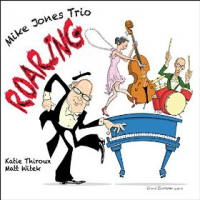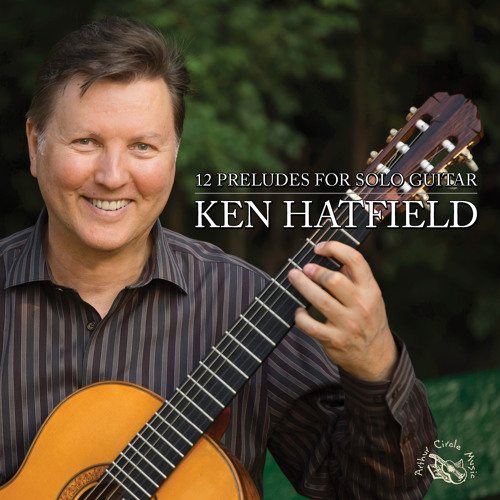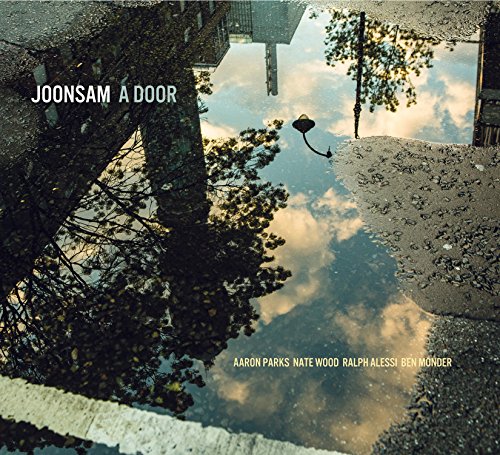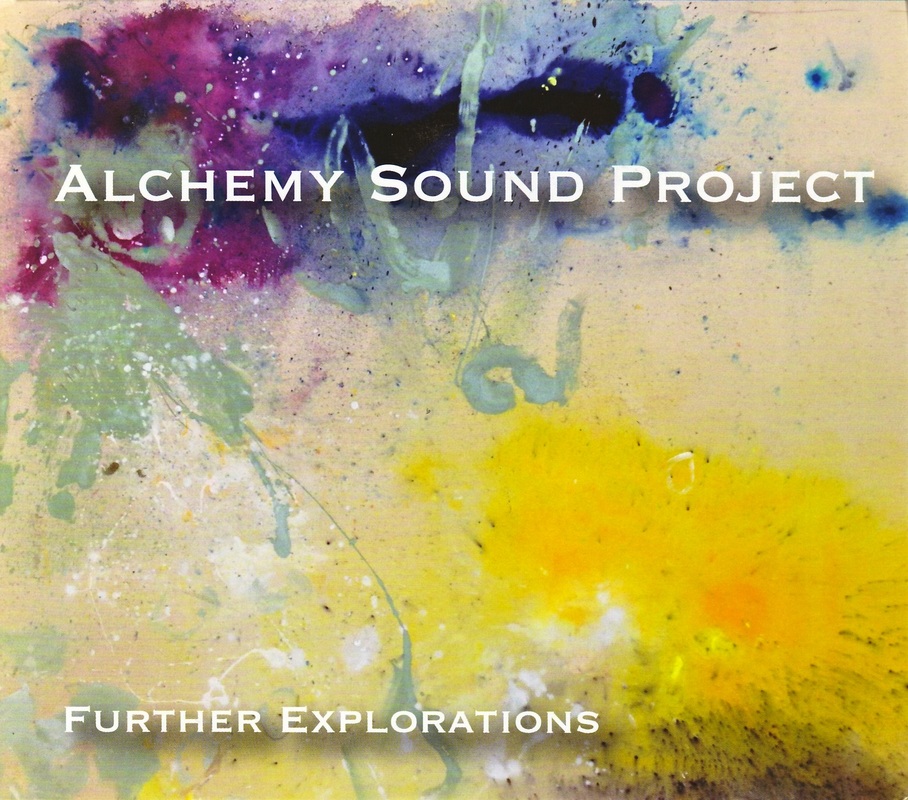
The sounds of the Roaring 20s are given fresh life by this winsome trio through their obvious and wide-reaching rapport. This is what happens when the like-minded meet together.
The album opens with the great Sammy Kahn hit, “Yes Sir, That’s My Baby.” Katie Thiroux’s bass introduces the piece with a cool line, opening the way for Mike Jones’ treatment of the oh-so-familiar theme. Matt Witek glides alongside and the trio begins to make things happen. The track is a nine-minute working of the charming piece.
Jonesy splashes all over the piano in refined but Jazzy stylings. Then Thiroux contributes a delightful and warming bass solo. Witek gets in some trades with the piano that are fun and lively. The trio carries it out together with a sweet swing as Jonesy punches the keys in the nose.
Campbell and Connelly’s “If I Had You” follows with the lovely piano and warm bass. Jonesy proves himself masterful in his performance and his arranging. Thiroux’s bass strides over the brushes of Witek and creates a soft groove that is irresistible.
Author Neil Gaiman’s liner notes states that Jonesy “has magical fingers.” He’s right. No wonder Penn and Teller use him as their introduction and accompaniment. He can hammer the keys in the 20s style but still put a modern touch that is fascinating.
Irving Berlin’s “I’ll See You in Cuba” gets the kick start from Thiroux and is joined by the Afro-Cuban rhythms of Witek. Jones jumps in and the trio creates that Berlin-sound that wins over everyone.
Jonesy can turn things upside down at will and he does so here with his hard swing and fine phrasing. Witek’s rhythms are intoxicating. Thiroux takes the tune home.
“Home” is so coolly delivered. The bass and drums catch a grooving wave and Jonesy works it over wonderfully. The up-tempo tune is a fine showcase for all three artists but I think I fell in love with Katie Thiroux on this tune. I loved—and I mean loved—her bass solo. It’s a great melody and Jones polishes it up and makes it shine.
“Mean to Me” by Ahlert and Turk is a sweet and bluesy piece that is delightfully delivered by Mike Jones. He breaks down the shorter original and reinvents it into something with greater scope and depth. With a title like this, the fun approach creates an irony that works so well.
Thiroux snaps the strings in a defiant intonation as Jones glides away. Witek struts behind it all and you realize that these three must have been having a grand time.
“I Found a New Baby” is a bouncy tune with lighthearted lilt from the trio. Jones offers up a boogie-woogie approach in the opening. The trio’s snap and flare is a splendid jaunt that is enhanced by Thiroux’s running bass and the roll and crash of Witek. Again, Jones’ spry textures are a marvel. It is impossible not to like this piece.
Al Jolson’s “Me and My Shadow” is an old favorite that charms instead of haunts. Jones kicks it up from the melancholy so often rendered by those who have covered the piece so many times. This piece is a rollicking good time. Magic fingers, indeed.
Irving Berlin’s “What’ll I Do” is one of the most enduring favorites of that—or any other—era. It is an enchanting melody that is treated with love and respect by Jones. The song is offered as a piano solo that is done with sweet delicacy and devotion.
“I Can’t Believe You’re in Love with Me” jumps up from the start. The skipping drums, sprinting bass and running piano lay down a great bit of fun. Jones again tears up the melody makes it sing. Witek gets a straight-on drum solo and makes it work. This one swings nicely and ends with a flourish.
“Am I Blue” closes out the album in fine fashion. The Blues of the piece is gorgeous. Jones makes the piano take on a conversational tone that works to the song’s advantage. The closing piece of the album is done with attitude, as it should be.
Mike Jones Trio has taken the strut and stride of the 1920s and pulled it firmly and sternly into the present. The trio is incredible. The album is remarkable. “Roaring” does just that what it says.
~Travis Rogers, Jr. is The Jazz Owl






 RSS Feed
RSS Feed
